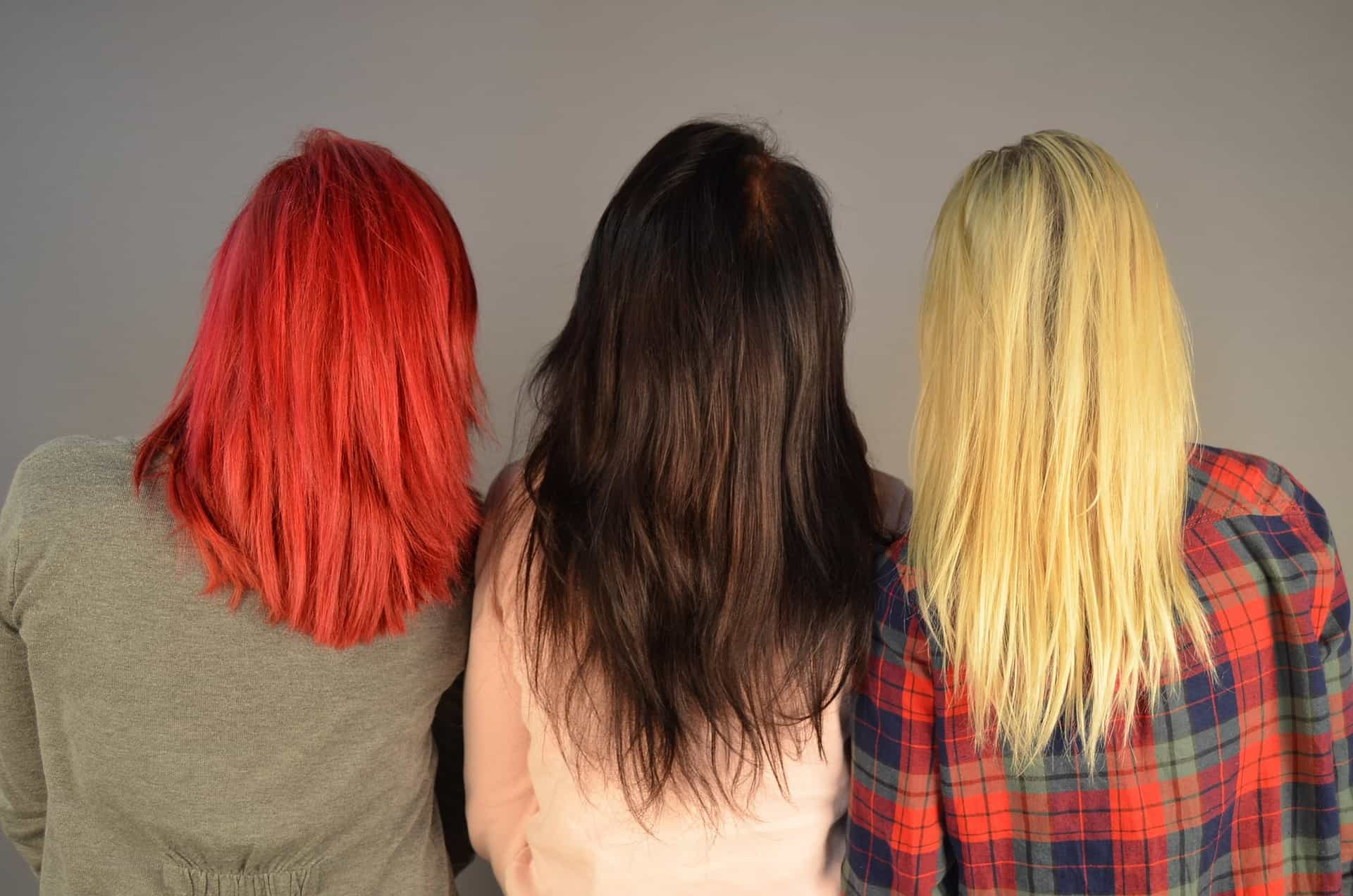Dyeing your hair is an exciting experience. It can also be nerve-wracking — especially if you’re afraid of the unknown. But fret no more, because we’ve got answers to all your questions about dyeing your hair. From learning when and how often to dye your locks, to the right methods for achieving different hues. This guide explains everything you need to know before you go ahead with dying your hair. Whether you’re looking for a new hairstyling technique or simply want a change, this ultimate guide will help you find the perfect shade for you.
When Should I Dye My Hair?
This may sound like an obvious question, but there are a few factors that can help you determine the best time for dying your hair, which include the season, your skin type, and your hair type. There’s always a perfect time for dying your hair, but you need to keep in mind that it may take some time to achieve the desired effects. This means, you may want to dye your hair in the winter and spring because your hair grows slower and you’ll have more time for fading. You can also dye your hair in the summer as your hair grows faster and you’ll have a better chance at achieving a vibrant shade. The best time to dye your hair will also depend on your skin type. If you have oily skin, you’ll want to dye your hair in the summer when your skin can get more oily. However, if you have dry skin, you’ll want to dye your hair in the winter when your skin is less prone to getting too dry.
Which Hair Color Should I dye?
There are many factors to consider when deciding on which hair color to use, namely your hair type and skin type. If you have a dark brown/black hair, you’ll have a more difficult time achieving blonde hair colors as they’ll come out as a muddy brown. Your hair type is a major factor that can help you decide on the best hair color for you. If you have a curly or coarse hair, you may want to go for a darker hair color to give it some definition. If you have fine or straight hair, you’ll want to go for a lighter color to minimize any brittleness in your strands. You also want to keep in mind your skin type. If you have a light skin tone, you may want to go for a more vibrant color as it will look more alive. On the other hand, if you have a darker skin tone, you may want to go for a lighter shade as it will look more neutral.
How to Dye Your Hair
Dying your hair is an art, and it takes a lot of skill to be able to achieve any hair color you want. But don’t worry, with the right tips and techniques, you’ll be dying your hair like a pro in no time! Let’s break down the steps you need to take while dying your hair. – Choosing the right hair color – This is where you need to look at the many hair color options and decide which shade you want to go for. Depending on your skin tone, hair type, and other factors, you may want to go for a certain color like a blue or purple shade. – Preparing your hair – You’ll want to wash your hair before you dye it for a few reasons. One, to make sure you remove any oils or residues from your scalp from which the color can get dirty and end up looking dull. Two, to use a conditioner that will help lock any heat in the hair shaft so the color doesn’t fade away too quickly. – Drying your hair – Once your hair is clean and dry, you’ll want to start applying the dye. There are different ways to apply the dye depending on your preference. You can either use a comb to apply the dye, or you can use a professional hair dyeing kit. – Making adjustments and waiting – Here’s where you’ll need to be patient. Depending on the color and strength of the dye, you may have to apply the dye multiple times before it’s completely faded away. This doesn’t mean you can stop there, though. You can also use a hair oil or conditioner to help bring your hair back to life.
Different Shampoos for Dyeing Hair
There are many shampoos out there that claim to be ideal for dying your hair. While these shampoos may help you dye your hair with less effort, they aren’t, in any way, necessary. What you need to keep in mind is that hair, unlike your skin, is porous, so it’s not made to accept any chemicals, shampoo included. The shampoo lather you’re getting in the shower is all you need to clean your hair and make it look great. So, when you’re at the store picking up shampoo, keep these things in mind. – Is it sulphate-free? Sulfates are harmful to your hair, so pick a shampoo without them. – Is it pH balanced? This ensures that your hair is well- taken care of, without getting damaged. – Is it organic? This ensures the product isn’t full of harmful chemicals that can fade your hair color. – How does it look like? Look for a shampoo that has a sudsy or creamy lather. This ensures that the shampoo is cleaning your hair and not leaving residue behind.
Tips before you dye your hair
There are a few tips you should follow before dyeing your hair to ensure you get the best results and longevity from the process. – Always have a clear head. When you dye your hair, it’s important to stay as stress-free as possible so the color doesn’t end up looking washed out. – Pick a shade that will suit your skin tone. This will ensure the color looks vibrant and lives up to its name. – Don’t hesitate to make the trip to the salon. While it may seem like a daunting task, it’s important to always remember that there’s a difference between dying your hair at home and getting it done professionally. – Always be prepared. Dyeing your hair at home may seem like a quick and easy process, but you need to be prepared for any eventuality. From having the right supplies and products to creating a comfortable environment for your hair to be dyed in.
Final Words
There may be times when you want to dye your hair, but you’re not sure if it’s the best option for you. For example, you may have heard that you should dye your hair every three years. While this may be true if you’re a certain age, it may not be the best rule for everyone. The best way to figure out if now is the right time to dye your hair is to keep these things in mind. Think about your skin type, hair type, and what you’re looking for, and you’ll get a better understanding of what your next move should be.


